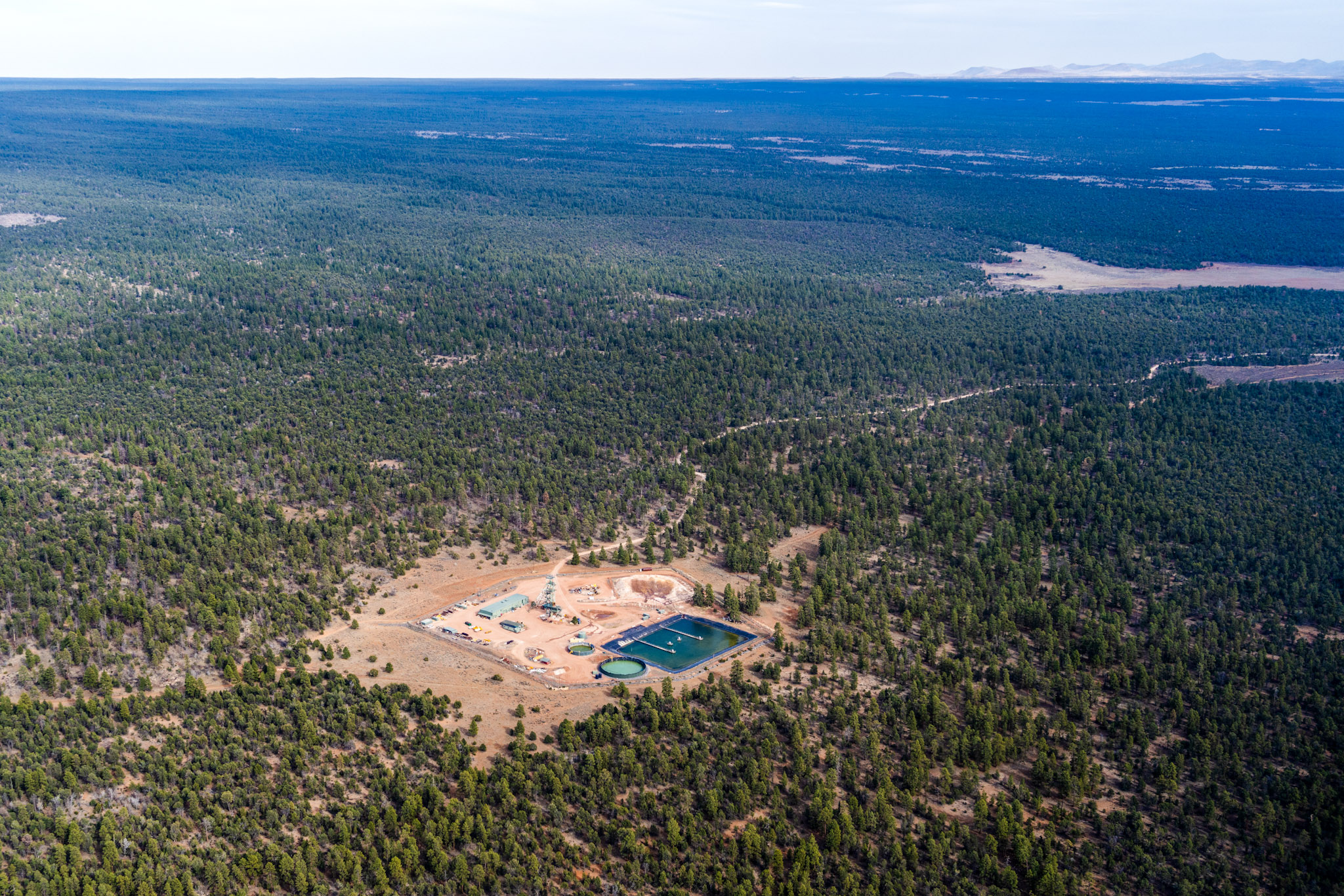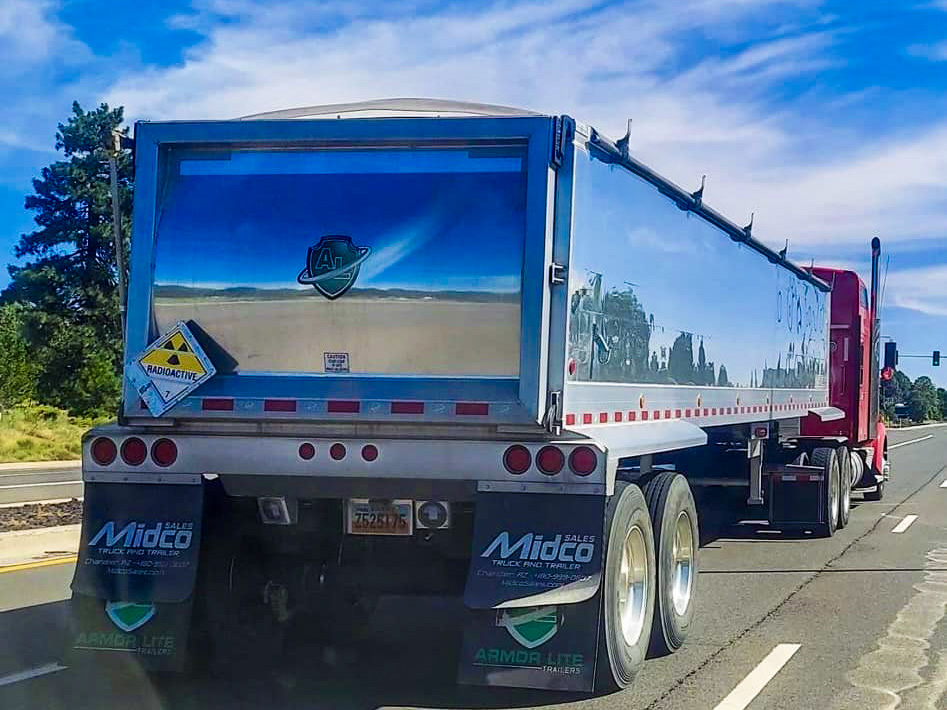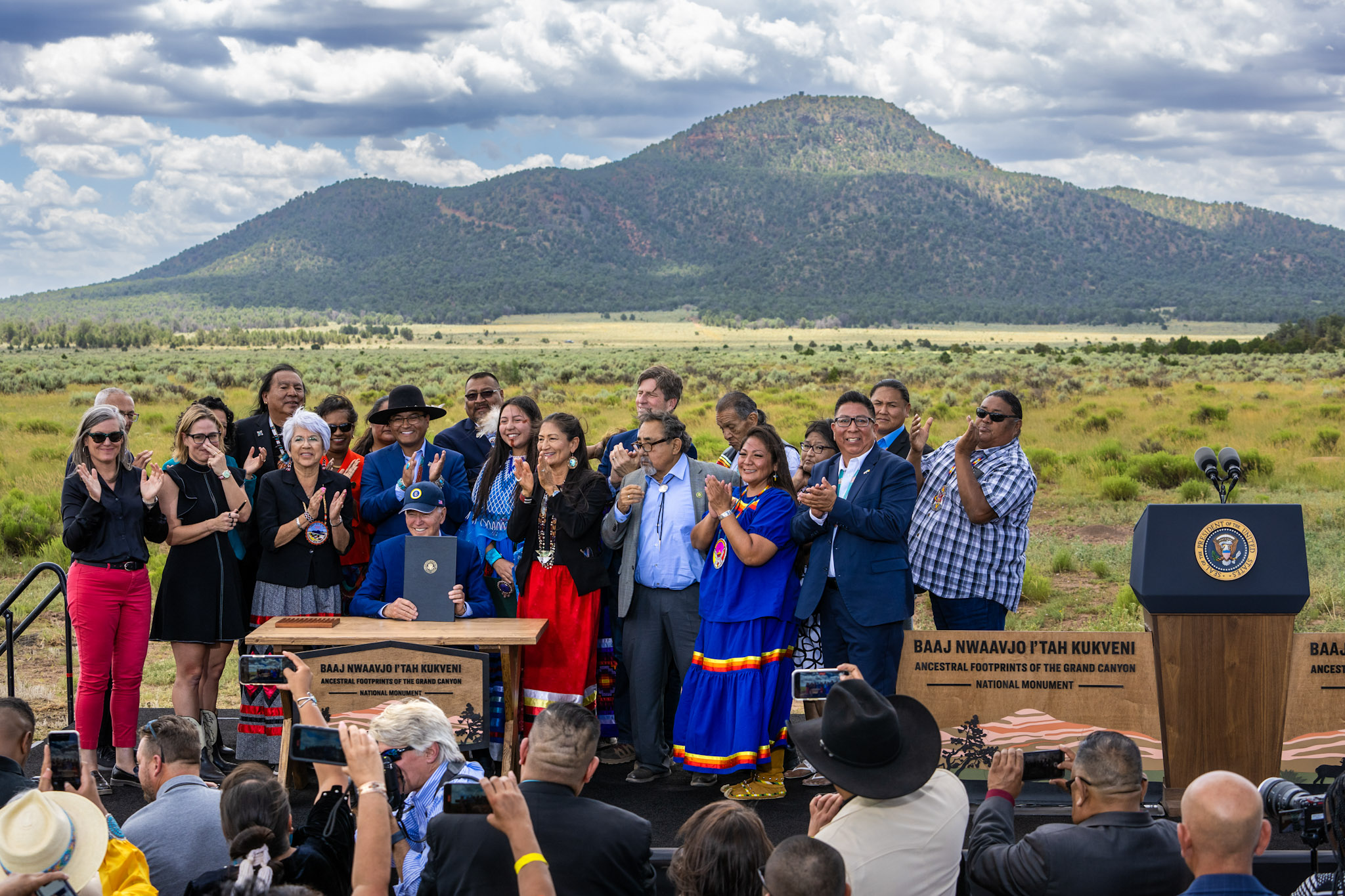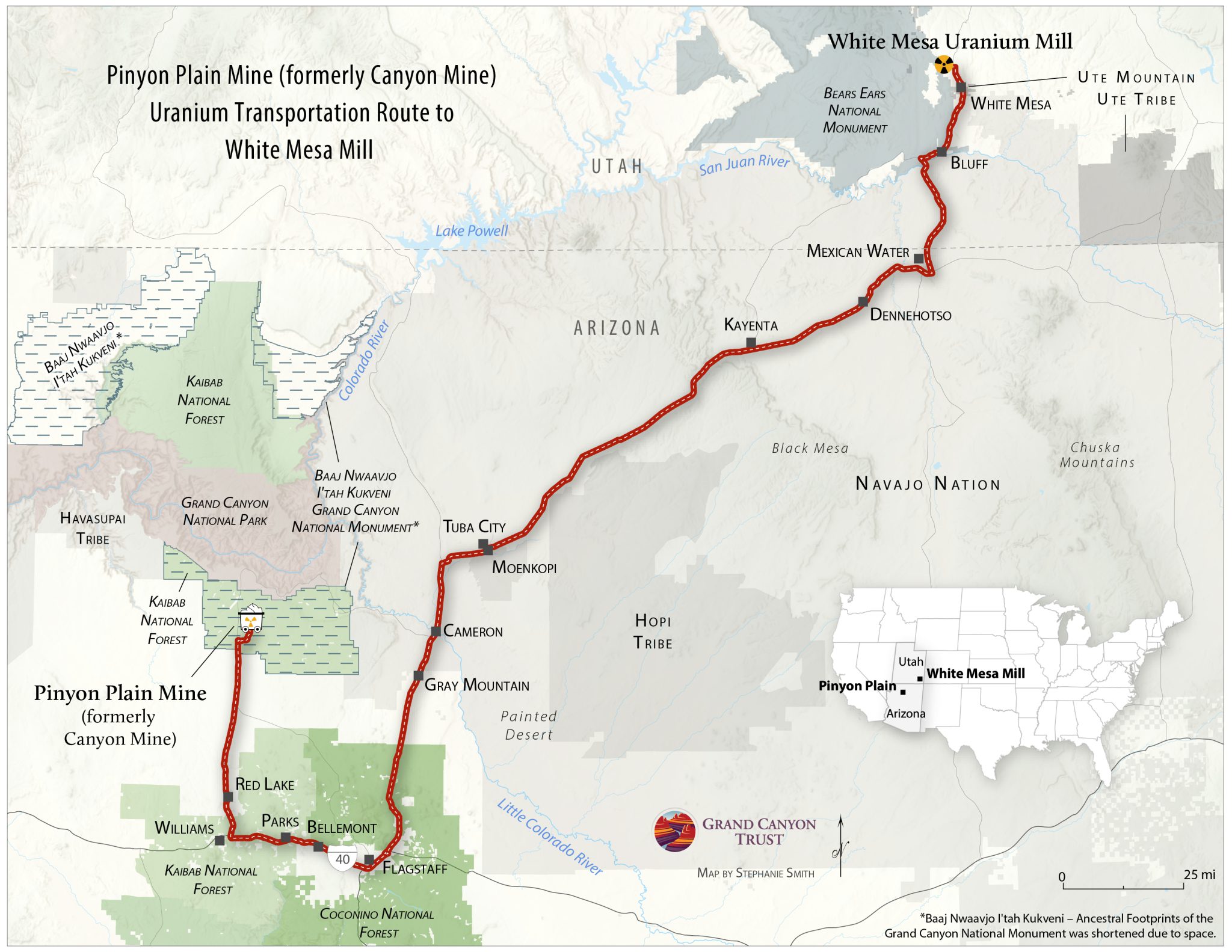Indianz.Com > News > ‘They snuck through’: Tribes condemn shipment of uranium material through their lands

‘They snuck through’: Tribes condemn shipment of uranium material through their lands
Wednesday, July 31, 2024
Indianz.Com
Tribal leaders are condemning the primary producer of uranium in the United States for transporting hazardous materials through their territories without their consent and without advance notice.
The Havasupai Tribe and the Navajo Nation were informed on Tuesday morning that Energy Fuels Resources Inc. had begun transporting uranium ore through Arizona. But the notice came not from the company but from the U.S. Forest Service, prompting tribal leaders to accuse the producer of going back on its word regarding shipments from the Pinyon Plain Mine near the Grand Canyon to a processing site in neighboring Utah.
“They snuck through the Navajo Nation and they made it onto the Utah side, outside of the reservation,” President Buu Nygren said in a news release. “To me, they operated covertly to travel the Navajo Nation illegally. It’s very disappointing that they did that, that they smuggled uranium across our Nation which is very inappropriate.”
Havasupai leaders also condemned the shipment of uranium ore, mined from a site near their reservation. In a statement, they said Energy Fuels didn’t even give the federal government advance notice.
“EFRI blatantly disregarded its good faith promise and notified
the U.S. Forest Service hours after the haul trucks departed the mine site,” the Havasupai statement read. “EFRI has confirmed by its actions today that it cannot be trusted.”
The U.S. Forest Service confirmed that it wasn’t told in advance. According to the Kaibab National Forest, federal officials were told on the “morning of July 30” about the transport of uranium ore from Arizona to Utah.
“The Forest Service had requested advance notification; however, there were no requirements for the mine to do so,” the agency’s website about the Pinyon Plain Mine states.
Havasupai Tribe: ‘We, the Havasu Baaja, will not back down’
havasupai073024



Search
Filed Under
Tags
More Headlines
Native America Calling: Native music in 2025
Native America Calling: Amid Greenland’s independence push, Denmark accounts for colonial blunders
Senate Committee on Indian Affairs sets business meeting and hearing
Native America Calling: Saving historic architecture and other important places
VIDEO: H.R.2400, the Pit River Land Transfer Act of 2025
VIDEO: H.R.3620, the Southcentral Foundation Land Transfer Act of 2025
VIDEO: H.R.2815, the Cape Fox Land Entitlement Finalization Act of 2025
AUDIO: H.R.2400, the Pit River Land Transfer Act of 2025
AUDIO: H.R.3620, the Southcentral Foundation Land Transfer Act of 2025
AUDIO: H.R.2815, the Cape Fox Land Entitlement Finalization Act of 2025
Native America Calling: Native in the Spotlight with Randy Taylor
NAFOA: 5 Things You Need to Know this Week (December 15, 2025)
Chuck Hoskin: Cherokee Nation celebrates milestone in tribal gaming
Native America Calling: A Native entrepreneur’s view of the retail shopping season
VIDEO: H.R.2916, a bill to ratify the Akwesasne Mohawk Land Claim
More Headlines
Native America Calling: Amid Greenland’s independence push, Denmark accounts for colonial blunders
Senate Committee on Indian Affairs sets business meeting and hearing
Native America Calling: Saving historic architecture and other important places
VIDEO: H.R.2400, the Pit River Land Transfer Act of 2025
VIDEO: H.R.3620, the Southcentral Foundation Land Transfer Act of 2025
VIDEO: H.R.2815, the Cape Fox Land Entitlement Finalization Act of 2025
AUDIO: H.R.2400, the Pit River Land Transfer Act of 2025
AUDIO: H.R.3620, the Southcentral Foundation Land Transfer Act of 2025
AUDIO: H.R.2815, the Cape Fox Land Entitlement Finalization Act of 2025
Native America Calling: Native in the Spotlight with Randy Taylor
NAFOA: 5 Things You Need to Know this Week (December 15, 2025)
Chuck Hoskin: Cherokee Nation celebrates milestone in tribal gaming
Native America Calling: A Native entrepreneur’s view of the retail shopping season
VIDEO: H.R.2916, a bill to ratify the Akwesasne Mohawk Land Claim
More Headlines